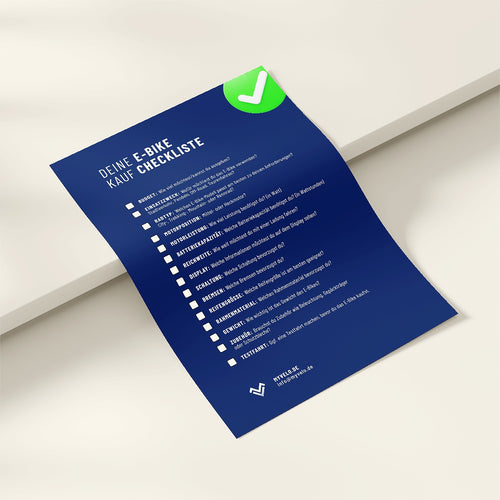What are clincher tires?
Clincher tires are one of the most commonly used types of tires for bicycles and consist of a metallic clincher tire core surrounded by a rubber casing. Compared to folding tires, these tires are heavier and have a stronger carcass consisting of several layers.
The clincher tire core is made of a steel wire that is formed into a loop and bent around the rim edge to hold the tire. The tire's carcass is made of several layers of cotton, nylon or Kevlar fabric that ensure the tire's strength and durability.
Clincher tires are often used in mountain bikes and touring bikes, where high stability and durability are important. They are also ideal for everyday use and are often cheaper than folding tires.
It is important to choose the correct size clincher tire for your bike and inflate it to the recommended air pressure to ensure optimal performance. It is also important to regularly check the tire for cracks or damage and replace it if necessary.
Clincher tires offer good traction and durability, but are heavier and harder to transport compared to folding tires. They also require more effort to inflate as they require higher air pressure.
What are the advantages and disadvantages of clincher tires?
Clincher tires have both advantages and disadvantages. Here are some of the main ones:
Advantages of clincher tires:
Durability : Clincher tires have a stronger carcass and are often more resistant to punctures and damage than folding tires.
Stability : By using a steel clincher core, clincher tires are more stable and can withstand higher loads than folding tires.
Cheaper : Clincher tires are often cheaper than folding tires, making them an affordable option for everyday use.
Availability : Because clincher tires are so common, they come in a wide range of sizes and profiles, making them an easy choice for bike shops and repair shops.
Disadvantages of clincher tires:
Harder to install : Clincher tires can be harder to install than folding tires because they are stiffer and require more force to put them on the rim.
Heavier : Clincher tires are heavier than folding tires, which can result in a higher overall weight of the bike.
Less comfortable : The stronger and more stable casing of clincher tires can also result in a harsher ride and reduce comfort on uneven roads or trails.
Less flexible : Due to their stronger carcass, clincher tires are less flexible than folding tires and are less able to adapt to uneven surfaces.
Overall, the choice between clincher and folding tires depends on the individual needs of the cyclist. If durability, stability and a reasonable price are the main priorities, clincher tires are a good choice. However, if weight, comfort and transportability are important, a folding tire may be the better option.





